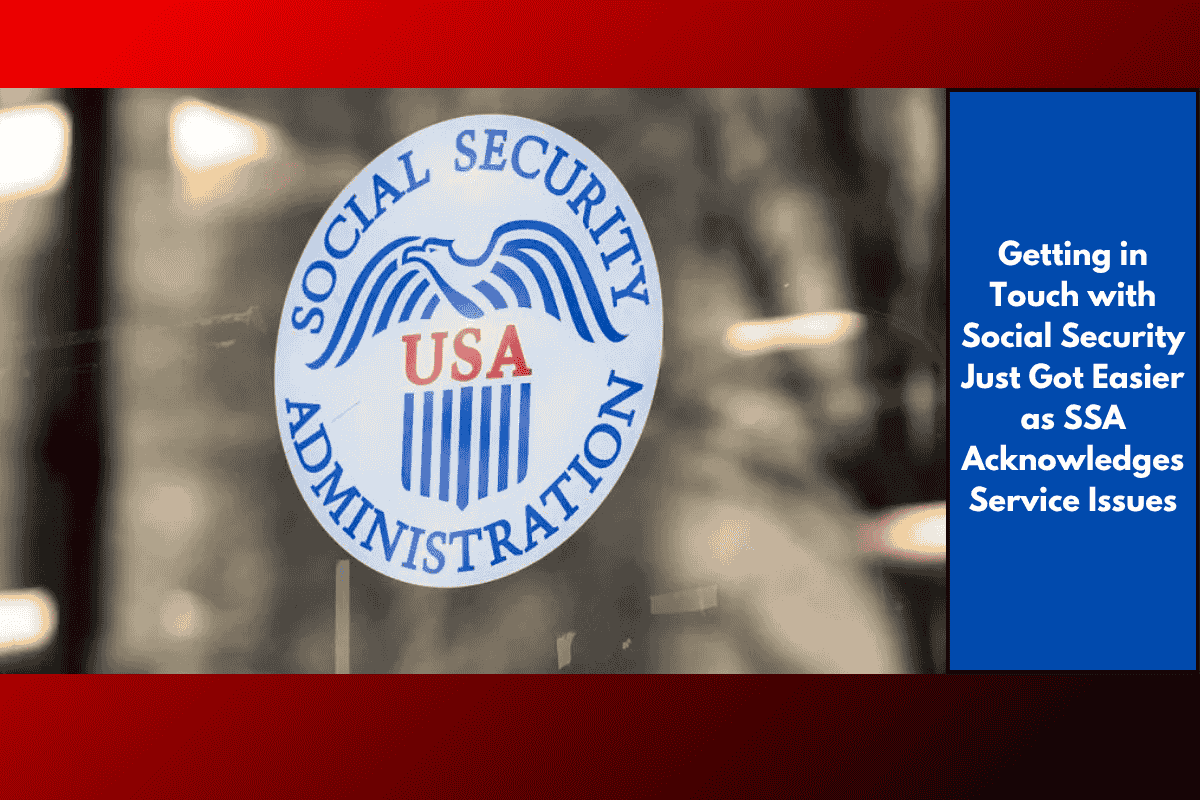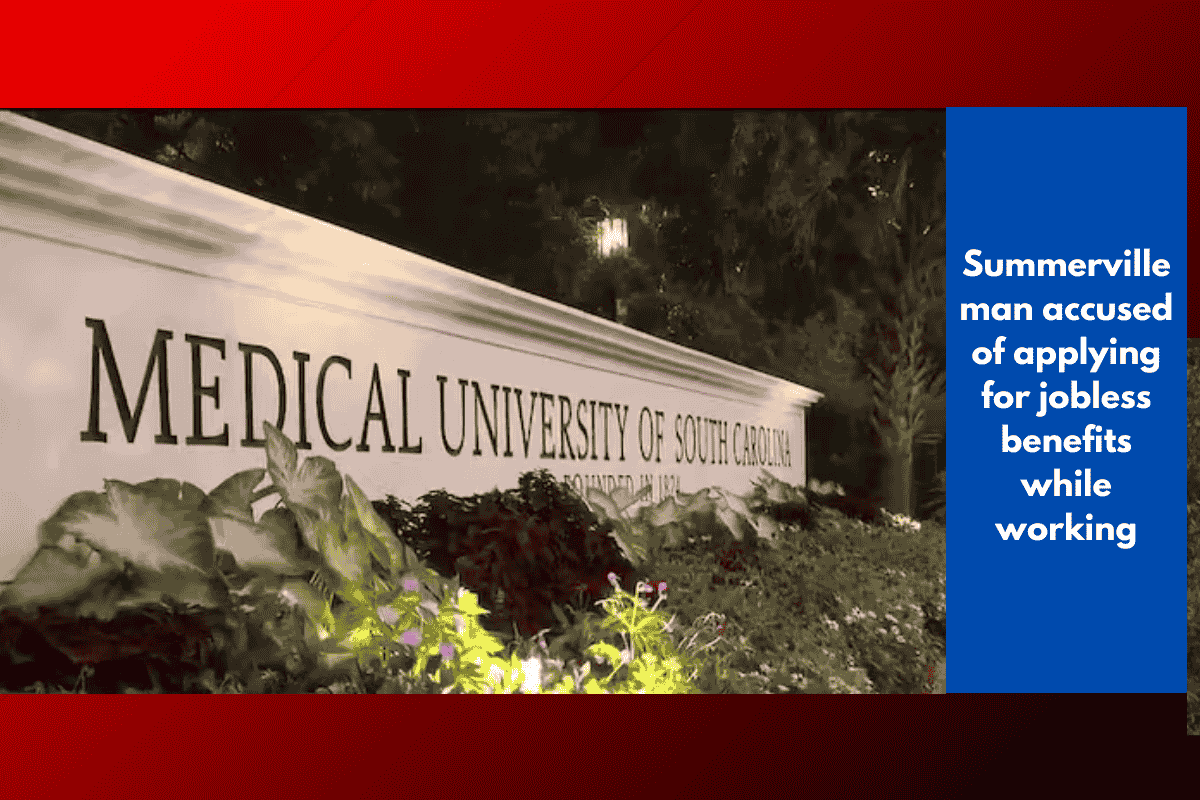For many retirees, Social Security benefits are essential for staying above the poverty line. In fact, Social Security payments kept 22 million people—including more than 16 million seniors—out of poverty in 2023, according to the Center on Budget and Policy Priorities. However, new garnishment rules set to take effect in July 2025 could put a significant portion of these benefits at risk.
Understanding Social Security Garnishments and Overpayments
Starting in July 2025, changes introduced during the Trump administration will reinstate garnishments on Social Security checks for those who owe certain federal debts, including student loans, taxes, and mortgages. As a result, more than one million retirees may see their monthly payments reduced by up to 15% if they have outstanding government debt.
Here are the main changes to be aware of:
- 15% Garnishment for Federal Student Loan Debts: If you are behind on federal student loans, starting July 24, 2025, up to 15% of your Social Security benefit could be garnished to cover your debt.
- Clawbacks for Overpayments: The Social Security Administration (SSA) will attempt to recover overpaid benefits from previous years. Initially, the SSA proposed a 100% recovery rate but reduced this to 50% after public backlash.
- Increased Federal Debt Collection: The U.S. Treasury’s garnishment program will allow part of your Social Security payment to be withheld to cover unpaid taxes, defaulted mortgages, and other federally-backed debts.
While these changes are designed to help with the long-term sustainability of Social Security, they may create additional financial strain for retirees, many of whom live on fixed incomes.
What Causes Social Security Garnishments?
Garnishments typically occur when retirees owe money for:
Federal student loans
Delinquent taxes
Defaulted federal loans (e.g., mortgages)
Additionally, overpayments happen due to administrative errors or failure to report income or work status. For example, Social Security Disability Insurance (SSDI) recipients can earn up to $1,620 per month, but exceeding this limit without proper reporting may result in overpayment and a subsequent garnishment.
The SSA reported that by the end of fiscal year 2023, nearly 2 million people owed money due to overpayments, totaling a massive $23 billion still to be recovered.
How to Protect Your Social Security Benefits
If you’re concerned about upcoming garnishments or have already received a notice, there are several proactive steps you can take to protect your benefits:
Request a Waiver or Appeal the Overpayment
Form SSA-632BK: Request a waiver if the overpayment wasn’t your fault and paying it back would cause financial hardship.
Form SSA-561: Appeal the amount or status of the overpayment.
Form SSA-634: If you need to reduce the garnishment amount, submit this form along with your income and expenses documentation.
Open a Separate Account for Social Security Deposits
To protect your benefits, it’s recommended that you open a separate account specifically for Social Security payments. Federal law protects two months’ worth of Social Security deposits in a dedicated account from garnishment. Avoid mixing other sources of income into this account to ensure it remains protected.
Apply for a Treasury Hardship Exemption
If you’re living below the federal poverty guidelines or rely solely on Social Security for basic needs like food and medical care, you may qualify for a temporary pause in garnishment. Visit the Bureau of the Fiscal Service or go to fiscal.treasury.gov for more details and to apply for this exemption.
Act Before the July 24, 2025 Deadline
Garnishments are set to start soon, so it’s crucial to act promptly. If you’ve received a garnishment notice, respond immediately. Consider reaching out to nonprofit credit counseling services or legal assistance to help navigate your options and protect your benefits.
Expert Advice and What’s at Stake
Legal experts warn that losing even a small portion of your monthly check can be devastating, particularly for retirees who rely on every penny. Nancy Altman, president of Social Security Works, explains, “For many retirees living month to month, losing even 15% of a Social Security check can be devastating. It’s vital to know your rights and act before garnishment begins.”
As these changes to Social Security garnishment policies roll out, timely action and understanding your rights are key to safeguarding your retirement income. With the right preparation, most retirees can still protect their Social Security benefits, ensuring financial stability even as federal rules change.














